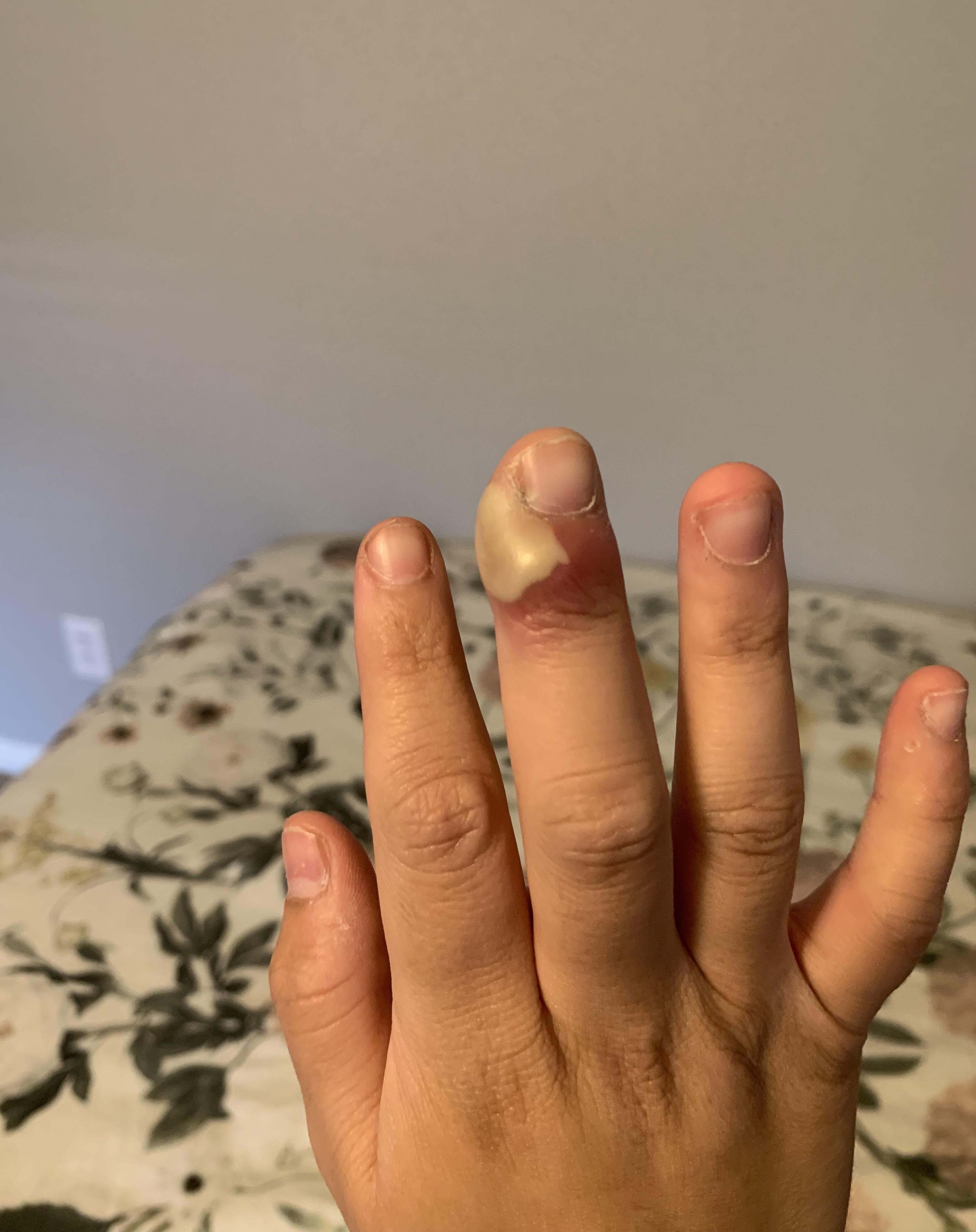What You Need to Know About Incision and Drainage of Abscesses

Incision and Drainage of Abscesses Dubai of abscesses is a common surgical procedure used to treat painful, pus-filled infections. Understanding the procedure, its purpose, and what to expect can help alleviate anxiety and ensure a smooth recovery. Here’s a comprehensive guide on what you need to know about incision and drainage of abscesses.
What is an Abscess?
An abscess is a localized collection of pus that forms within the body due to an infection. It can occur in various tissues and organs, including the skin, muscles, and internal organs. Abscesses are often characterized by redness, swelling, warmth, and pain in the affected area. If not treated, an abscess can lead to more severe complications, including the spread of infection.
Purpose of Incision and Drainage
The primary goal of incision and drainage is to relieve pressure from the accumulated pus, reduce pain, and treat the infection. By making a small incision in the abscess and allowing the pus to drain, the procedure helps eliminate the source of infection and promotes healing.
When is Incision and Drainage Needed?
Incision and drainage is typically recommended when:
- The Abscess Does Not Improve: If an abscess does not respond to conservative treatments such as antibiotics or home care, I&D may be necessary.
- Severe Pain: The abscess is causing significant discomfort or interfering with daily activities.
- Risk of Complications: There is a risk of the infection spreading or causing more serious health issues.
- Large or Deep Abscess: The abscess is large, deep, or located in a sensitive area where it is difficult to manage with non-surgical methods.
The Procedure
1. Preparation
- Anesthesia: Local anesthesia is administered to numb the area around the abscess. This ensures that you are comfortable and pain-free during the procedure.
- Sterilization: The area around the abscess is cleaned and sterilized to reduce the risk of infection.
2. Incision
- Making the Incision: The healthcare provider makes a small incision in the abscess to allow the pus to drain out. The size of the incision depends on the size and location of the abscess.
- Draining the Pus: The pus is carefully removed, and the area is cleaned to remove any remaining debris.
3. Post-Procedure Care
- Placement of Drains: In some cases, a small drain may be placed in the abscess cavity to ensure that all pus can continue to drain and to prevent the abscess from re-forming.
- Dressing the Wound: The incision is covered with a sterile dressing, and you will receive instructions on how to care for the wound at home.
Aftercare and Recovery
1. Wound Care
- Keep It Clean: Follow the instructions for cleaning the wound. Gently clean the area with mild soap and water and change dressings as directed.
- Avoid Moisture: Keep the wound dry and avoid submerging it in water, such as in baths or swimming pools, until it is fully healed.
2. Pain Management
- Medication: Take any prescribed pain medications as directed to manage discomfort. Over-the-counter pain relievers may also be recommended.
- Cold Compress: Applying a cold compress to the area can help reduce pain and swelling.
3. Monitoring for Complications
- Watch for Infection: Monitor the wound for signs of infection, such as increased redness, swelling, or pus. Contact your healthcare provider if these symptoms occur.
- Follow-Up Appointments: Attend all follow-up appointments to ensure that the wound is healing properly and to address any concerns.
Potential Risks and Complications
While incision and drainage is generally safe, there are some risks to be aware of:
- Infection: There is a risk of developing a secondary infection at the incision site.
- Bleeding: Some bleeding during or after the procedure is possible, though it is typically minimal.
- Scarring: Depending on the size of the incision and the area affected, scarring may occur.
- Delayed Healing: In some cases, the wound may take longer to heal or may require additional treatment.
Signs to Seek Immediate Medical Attention
If you experience any of the following symptoms after the procedure, seek medical help promptly:
- Severe Pain: Intense or worsening pain that is not controlled by medication.
- Excessive Bleeding: Heavy bleeding from the incision site that does not stop.
- High Fever: A fever, particularly if accompanied by chills or other symptoms of systemic infection.
- Signs of Spread: Redness, swelling, or pus spreading beyond the immediate area of the incision.
Conclusion
Incision and drainage of abscesses is a common and effective procedure for relieving pain and treating infections. Understanding the procedure, following aftercare instructions, and monitoring for potential complications can help ensure a successful outcome and a smooth recovery. If you have any concerns or questions about the procedure or your recovery, do not hesitate to reach out to your healthcare provider for guidance and support.